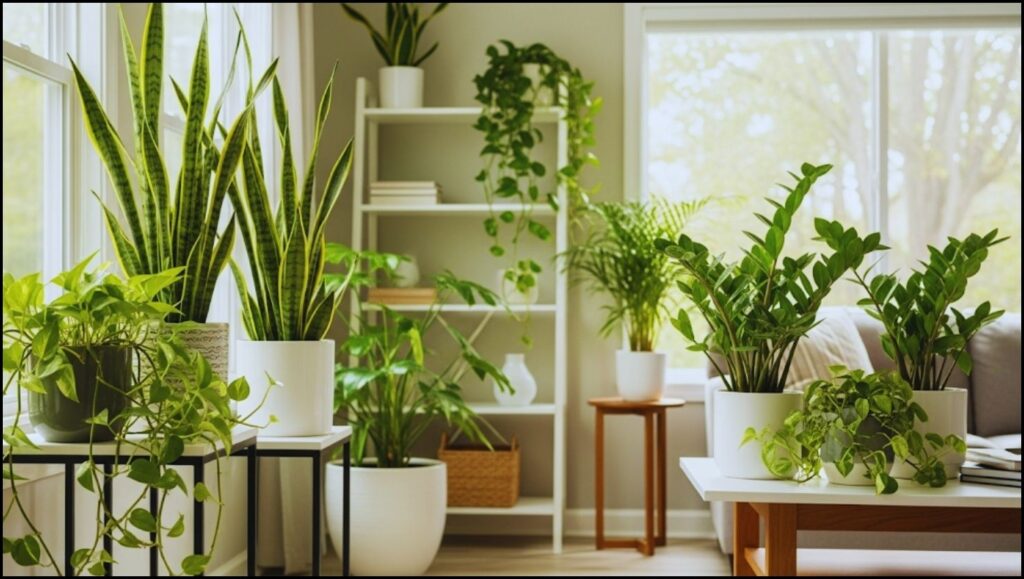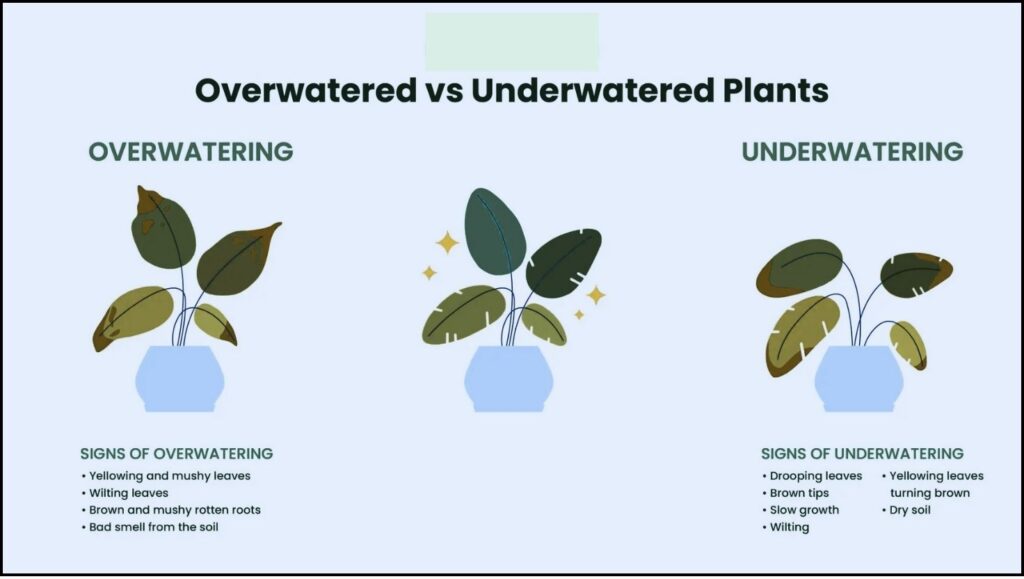As interest in home horticulture continues to grow, experts are advising new enthusiasts to start with resilient species to ensure success. Identifying the best indoor plants for beginners involves selecting varieties known for their tolerance of common care mistakes, such as inconsistent watering and low-light conditions, setting the stage for a lasting hobby.

The Growing Appeal of Indoor Greenery
The trend of cultivating plants indoors has seen a significant surge in recent years, a phenomenon experts attribute to a combination of aesthetic appeal and wellness benefits. The global pandemic further amplified this interest, as people spent more time at home seeking to improve their living spaces and connect with nature.
“Bringing plants into the home does more than just decorate a room; it can have measurable psychological benefits,” said Dr. Lena Hansen, a professor of environmental psychology at the University of Copenhagen. “Studies suggest that interacting with indoor plants can reduce stress and improve focus. For many, it has become a tangible, nurturing activity in a digitally-dominated world.” This growing demand has led to a wider public interest in identifying low-maintenance houseplants that can thrive under the care of an inexperienced owner.
Key Criteria for Beginner-Friendly Plants
Horticultural experts define “easy-to-care-for” plants by a specific set of characteristics. These traits forgive the common errors that new plant owners often make. According to the University of Maryland Extension, the most resilient houseplants typically share three key qualities:
- Drought Tolerance: They can survive periods of forgotten waterings.
- Low-Light Adaptability: They can photosynthesize effectively without direct, bright sunlight.
- Pest and Disease Resistance: They are not typically susceptible to common household pests like spider mites or mealybugs.
“The number one mistake we see is overwatering,” stated a recent guide from the Clemson Cooperative Extension‘s Home & Garden Information Center. “A beginner-friendly plant is one that is more likely to recover from being too dry than from being constantly waterlogged. Good drainage is non-negotiable.”

Top Selections for the Best Indoor Plants for Beginners
Based on recommendations from botanical gardens and university horticulture programs, several species consistently rank as ideal for novices.
Snake Plant (Dracaena trifasciata)
Known for its striking, sword-like leaves, the Snake Plant is exceptionally hardy. “It thrives on neglect,” noted a publication from the New York Botanical Garden. It tolerates extremely low light and requires infrequent watering, often as little as once a month, as its succulent leaves store water efficiently. Overwatering is one of the few ways to harm this resilient species.
ZZ Plant (Zamioculcas zamiifolia)
The ZZ Plant is another top contender for its ability to withstand neglect. It is characterized by wide, dark green leaves and is highly drought-tolerant due to its large, potato-like rhizomes that store water underground. The PennState Extension advises letting the soil dry out completely between waterings, making it perfect for frequent travelers or forgetful owners.
Pothos (Epipremnum aureum)
Often called Devil’s Ivy, Pothos is a versatile trailing vine that can grow in a hanging basket or be trained to climb. It is one of the most communicative easy-to-care-for plants, visibly drooping when it needs water and quickly reviving once hydrated. It is tolerant of a wide spectrum of light conditions, though it may lose some leaf variegation in lower light.
Spider Plant (Chlorophytum comosum)
A classic choice for generations, the Spider Plant is known for its arching leaves and the small “spiderettes” that dangle from the mother plant. These plantlets can be easily propagated to create new plants. According to The Royal Horticultural Society, spider plants are adaptable and non-toxic to cats and dogs, a significant factor for pet owners. They prefer bright, indirect light but can manage in shadier spots.
Avoiding Common Pitfalls
While these plants are forgiving, they are not indestructible. Experts emphasize a few core principles for success. The primary rule is to avoid excessive kindness, particularly with water. Water should only be provided when the top inch or two of soil is dry to the touch.
Another key is providing a pot with drainage holes. Without an escape route, water accumulates at the bottom, leading to root rot, which is a common and often fatal issue for houseplants. These foundational practices are central to leveraging the houseplant benefits without the frustration of failure.
The journey into plant parenthood can be immensely rewarding. Starting with these resilient, low-maintenance houseplants provides a foundation of success, building the confidence needed to explore more demanding species in the future. As new enthusiasts learn the rhythms of their plants, they cultivate not just greenery, but a satisfying and enduring skill.
An Elegant Survivor: The Ultimate Guide on How to Take Care of a Snake Plant Indoors
